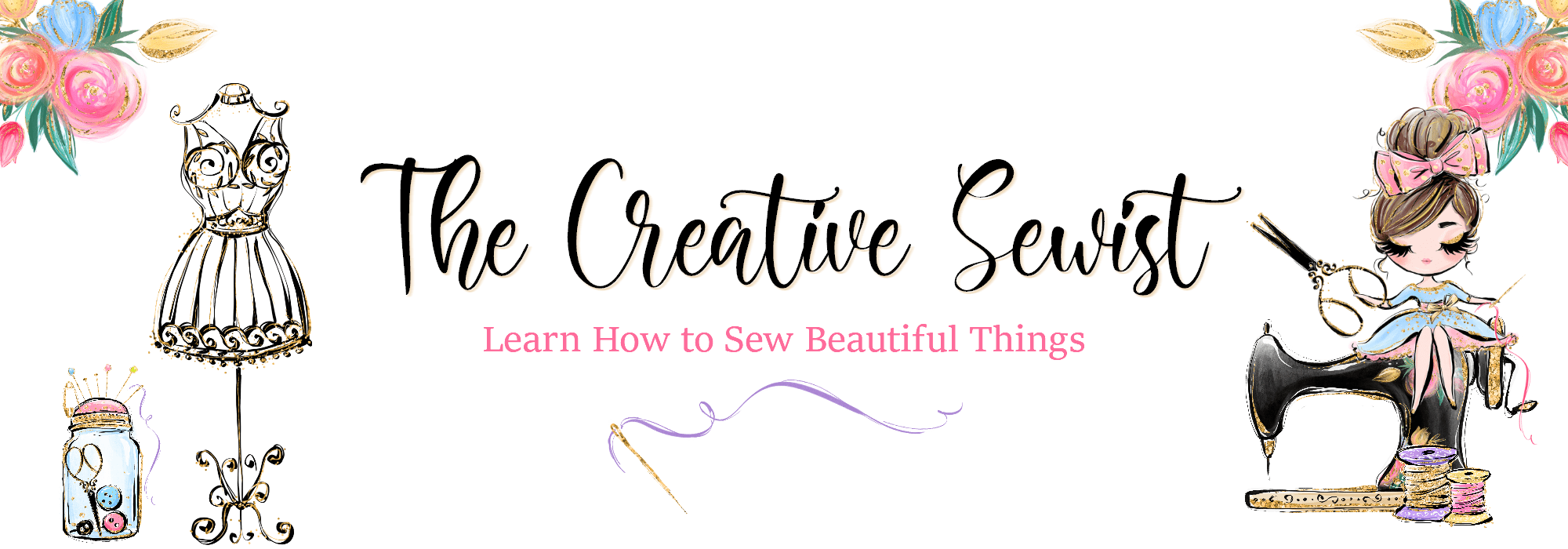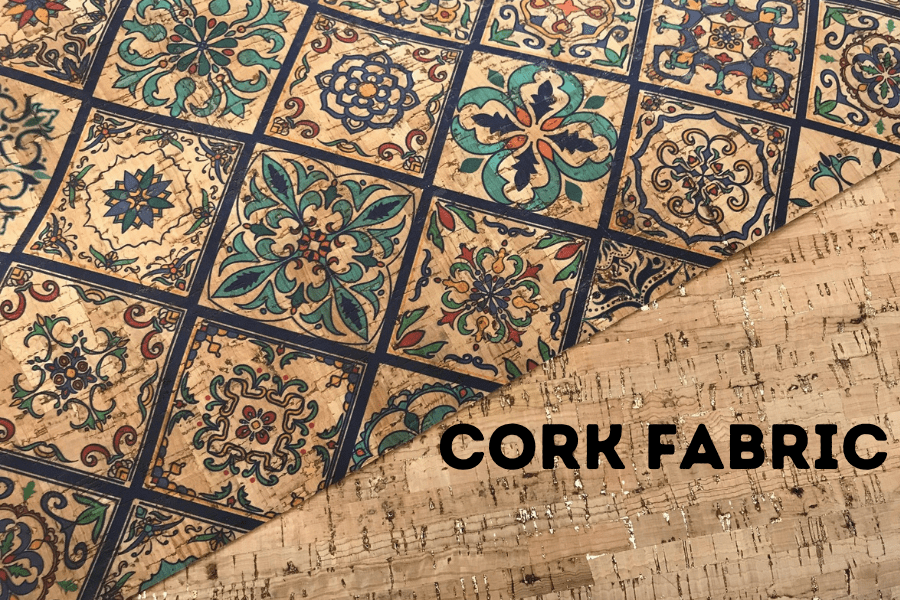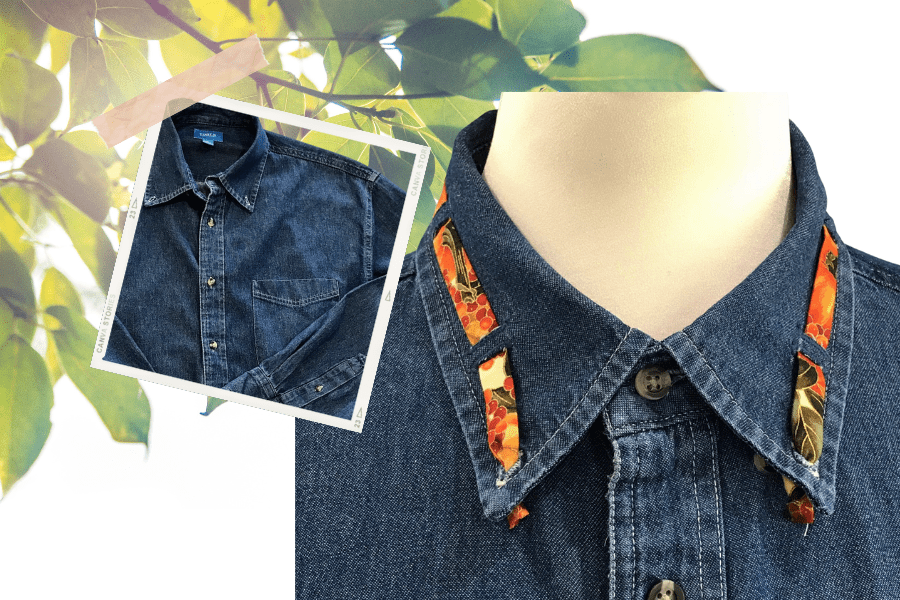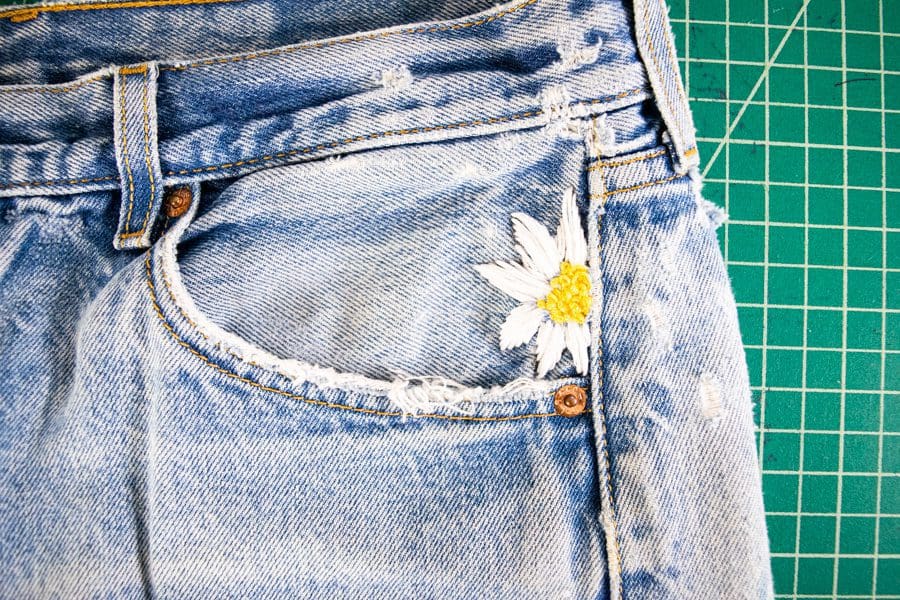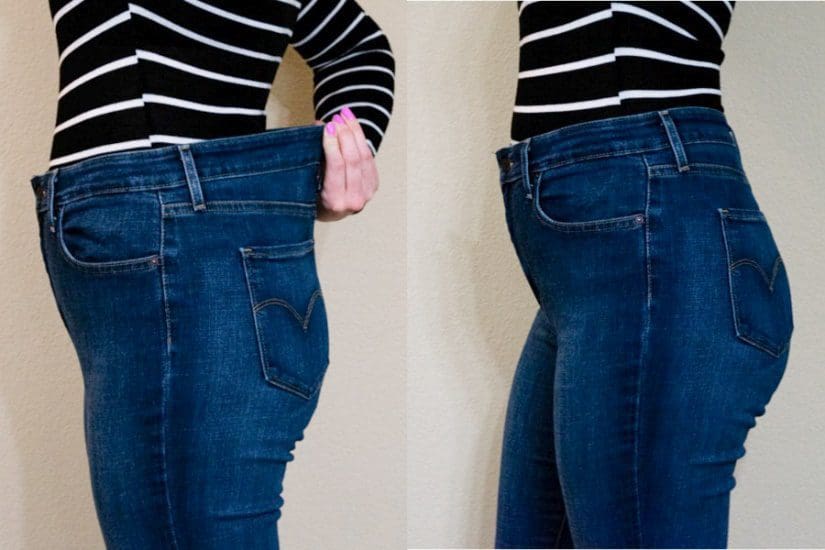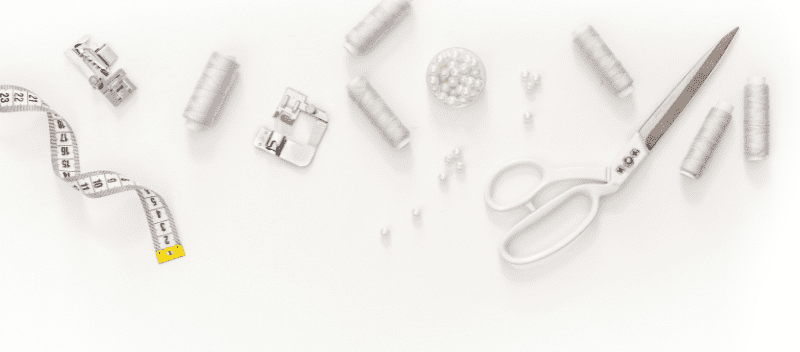Create a Beautiful Quilted Coat Without Destroying A Good Quilt
Have you ever wanted to learn how to create a beautiful quilted coat but did not want to destroy a perfectly good quilt to do it?
In the early 1990’s when I began my sewing apprenticeships, I was introduced to the practice of creating clothing from piecework or scraps of material. Arranging the pieces in a specific pattern allowed me to tell a story or convey a thought. At the time, the practice was heavily dependent on using quilting blocks or techniques and was labeled as ‘sewing art’ or ‘wearable art’. (At this time, the thoughts of cutting up a quilt to create a coat was blasphemous in the quilting community).
This approach to sewing called to my artistic side, and I realized I had finally found a style of sewing that would enable me to create clothing that reflected my personal style. During my formative novice training, I bought and/or read many different sewing books. Some were interesting, others were not. However, two of my all-time, absolute favorite sewing books are Jacket Jazz and Jacket Jazz Encore by Judy Murrah. Both books offer multiple jacket styles, piecework layouts and decoration, and are a terrific starting point for sewists who appreciate ‘wearable art.’ They are inspiring and a must read for anyone interested in creating wearable art! My first jacket was fun and successful, so I decided to make another coat. I purchased 6 different cotton fabrics; the five coordinates complimented the focal fabric and blended beautifully enabling me to create a one-of-a-kind jacket I called “Earth’s Horizons.”
I carefully followed Judy’s instructions for the front piecework, 3-dimensional weaving technique on the sleeves, and bargello work on the back; but I decided to anchor everything with one of my favorite sewing techniques—pintucking. The results were phenomenal, and the piece received rave reviews. For the finishing touches, I used handmade ceramic buttons and bronze colored sequin trim to really amplify the copper tones.
The advantage to using Judy’s techniques was that I could strategically place the piecework on the jacket and create a very dynamic look without the hassle and headache of resizing traditional quilt patterns. This isn’t always possible if you use premade quilts since you must work within the confines of the existing piece.
Full disclosure: This labor of love took me over 96 hours to complete! I kept track of all the time I spent working on it.
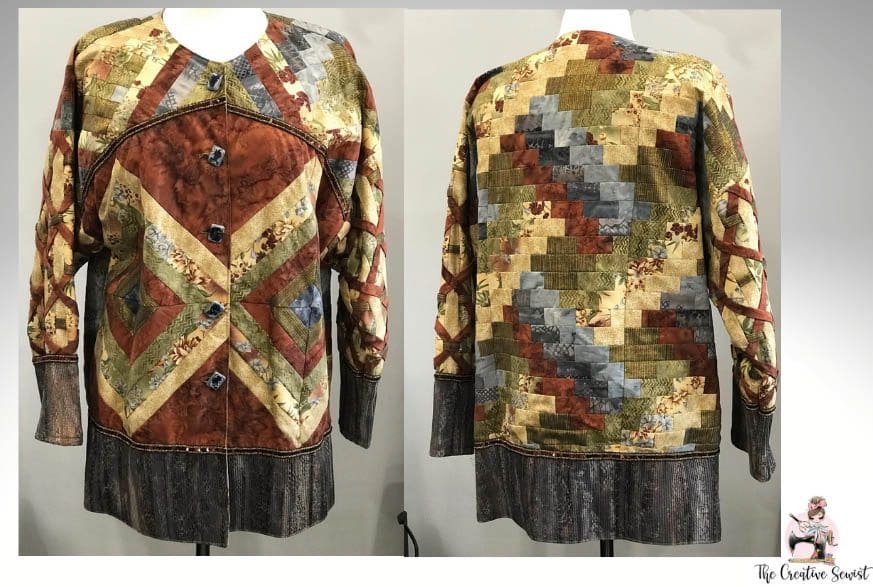
With the leftover piecework and fabric scraps, I made a simple bookbag. I accented it with the same copper colored metallic thread as I used on the jacket pintucking.
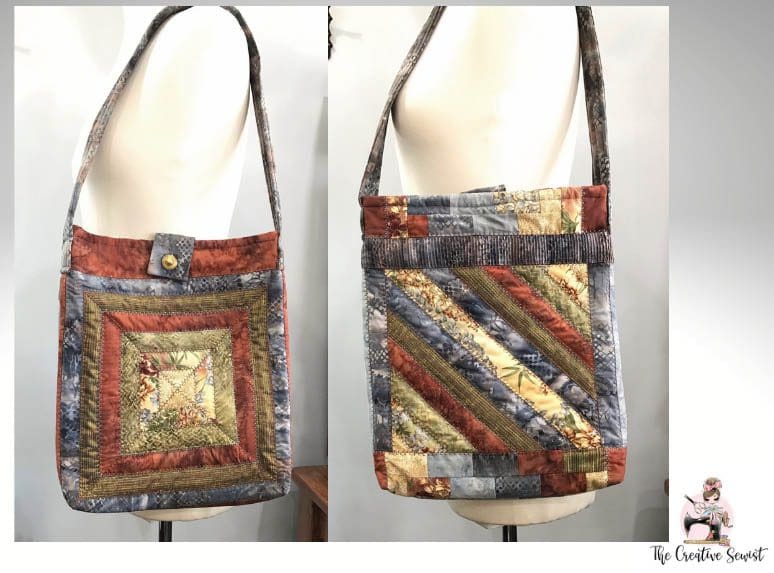 If this jacket is too busy for you, then consider limiting your piecework to just one or two techniques like I did when I made a “Posey Patch” jacket which was a recommended project by a fellow sewist. Regrettably, I no longer have the pattern and cannot remember the pattern designer’s name.
If this jacket is too busy for you, then consider limiting your piecework to just one or two techniques like I did when I made a “Posey Patch” jacket which was a recommended project by a fellow sewist. Regrettably, I no longer have the pattern and cannot remember the pattern designer’s name.
This specific block style uses 5 pieces of fabric to create each posey block—the center, the petals, and the leaves and a single-color fabric for the background and filler blocks. It was fun to sew and very easy to make. Small floral print fabrics really compliment the look!
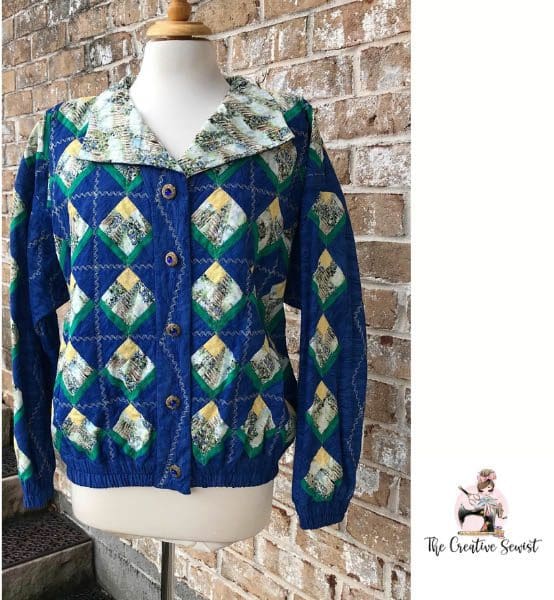
The piecework is built on a ‘diaper’ flannel fabric foundation which was the secret to creating the ‘puckered’ look once the jacket was washed for the first time. This fun jacket was easy to make and is the perfect weight for chilly spring days.
A Look Forward – More Sewing Tutorials and Sewing Tips Coming Up…
In the next blog post/ sewing tutorial, I’m going to show you how to create the crazy patch patchwork for a vest, jacket, pillow, tote bag, etc. and you don’t need to make blocks!
If you are interested in learning more about sewing wearable art, please consider subscribing to the newsletter (I don’t send spammy stuff—just great sewing tips and info) and joining me on this sewing art journey!
If you have a question or comment about this article, please leave it in the comments section below. Also, if you would like to learn more about a specific sewing technique, please leave it in the comments below.
CHRISTINE WARREN
Sewing isn’t just my job, it’s my passion. I’ve enjoyed sewing and needle working since I was very young.

